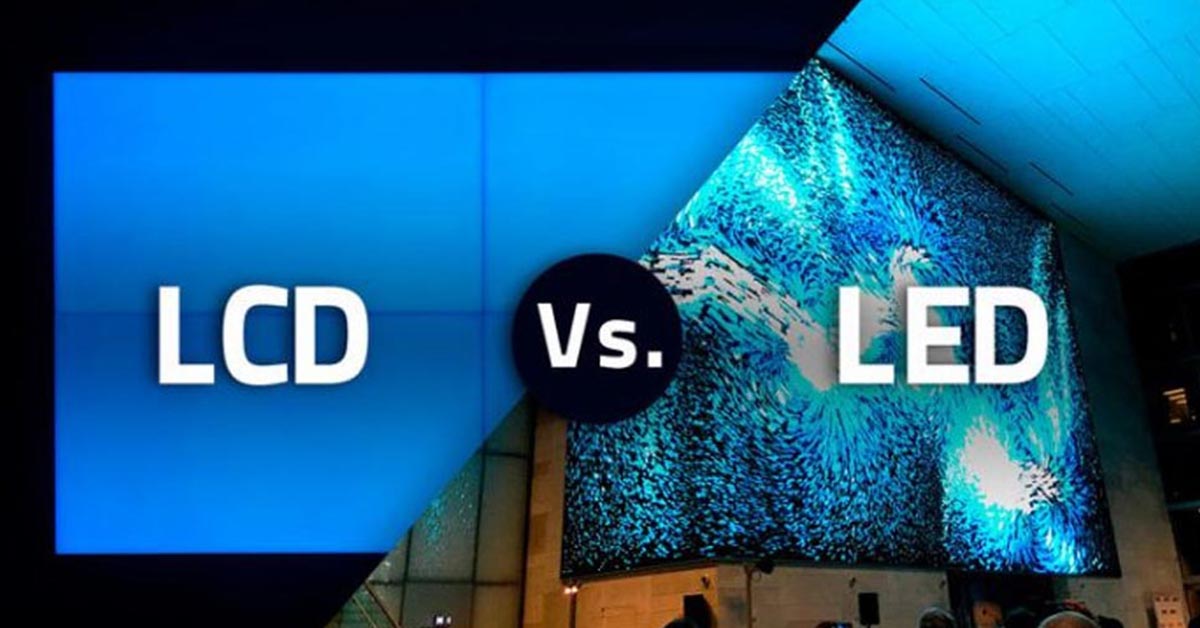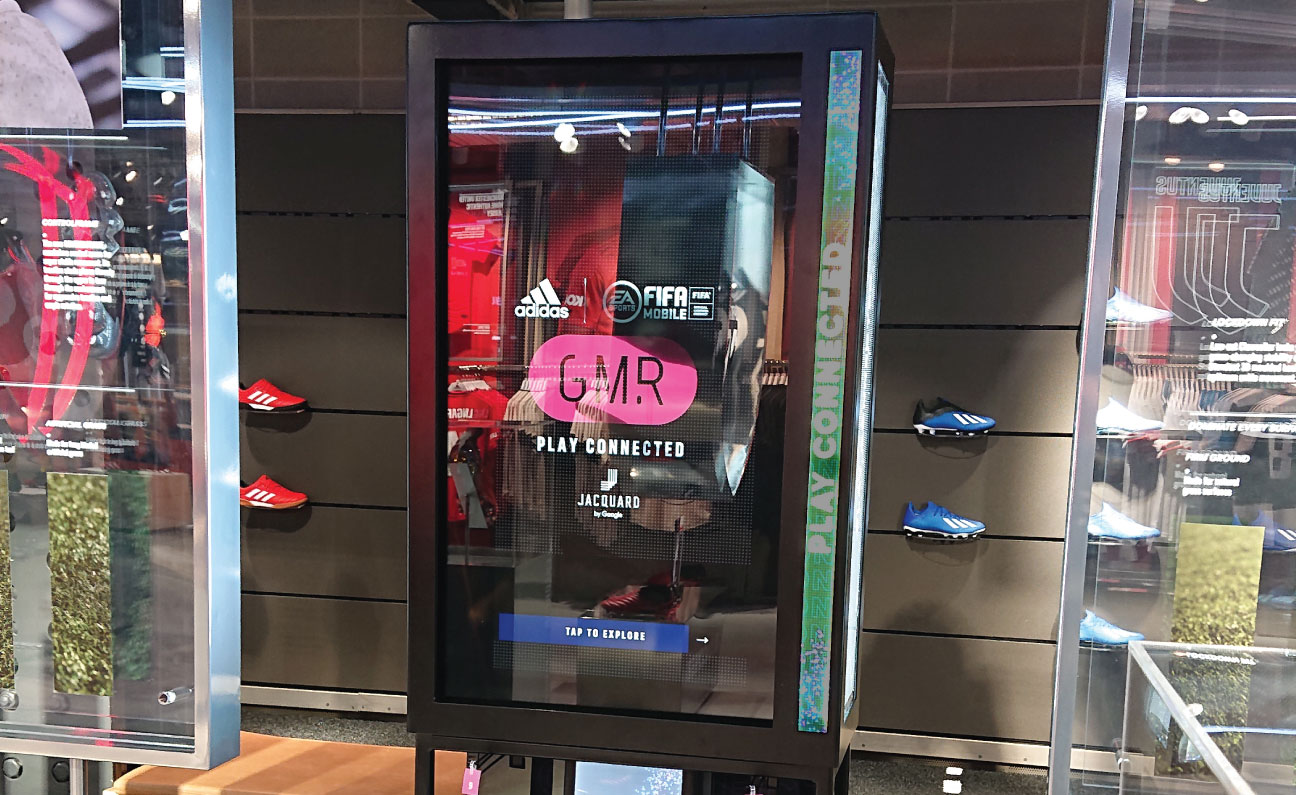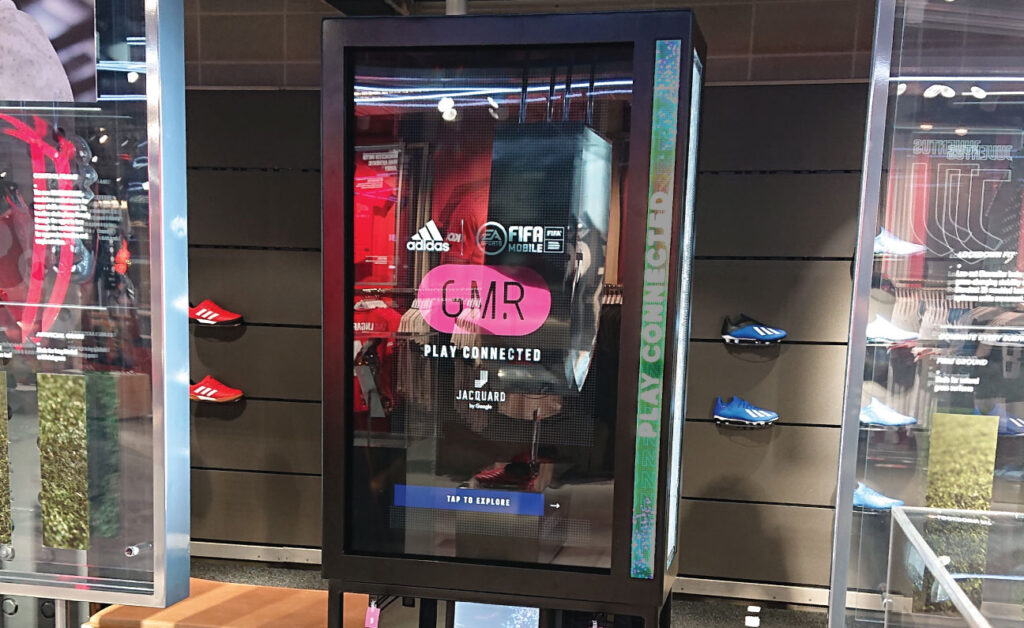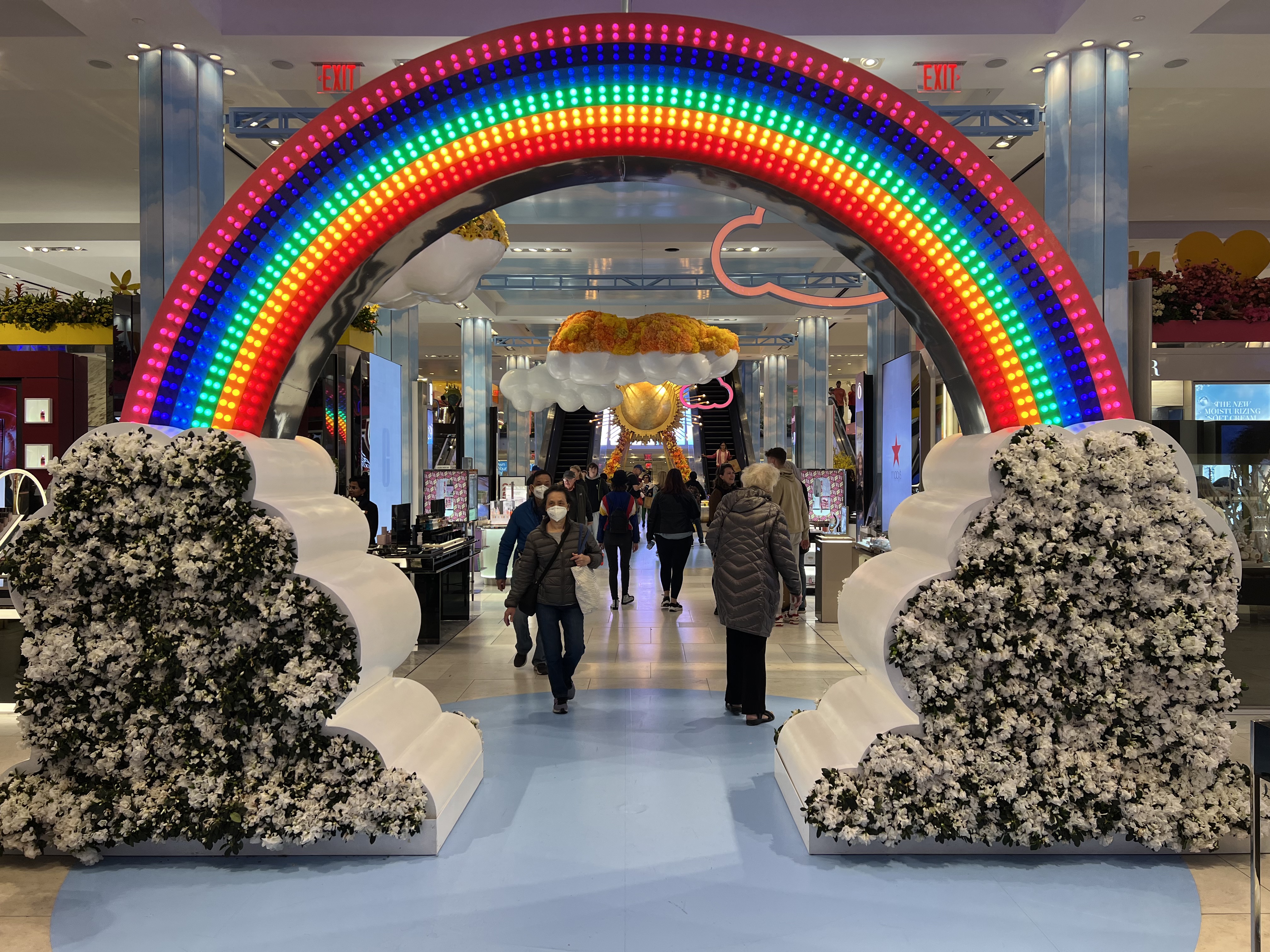

In a world saturated with screens, it’s becoming harder for brands to stand out—especially in physical retail, trade shows, and pop-up activations. But there’s one display technology that’s not just catching eyes, it’s inviting interaction: interactive transparent displays.
These see-through digital surfaces are showing up everywhere—from flagship boutiques to auto showrooms to airport duty-free zones—and they’re doing something most screens can’t: engaging customers without taking up space or blocking the view. It’s subtle. It’s futuristic. And it works.

An interactive transparent display is essentially a clear LED or OLED screen that displays content while remaining see-through. Think of a video playing across a glass wall—but you can still see the product or space behind it.
What makes it “interactive” is the addition of touch capabilities or sensor-based inputs. Customers can tap, swipe, or trigger animations by movement. Some setups even use gesture control or link to mobile devices via QR or NFC to continue the experience.
It’s like combining a digital touchscreen with a store window, a product showcase, or a museum exhibit—but doing it in a way that doesn’t interrupt the space.

The value of these displays goes beyond novelty. Interactive transparent screens give brands a way to deliver rich content while maintaining design aesthetics and spatial openness. Here’s how forward-thinking companies are using them:
Instead of static signage or bulky LCDs, transparent screens let you run dynamic campaigns while keeping products fully visible behind the glass. Add touch functionality, and customers can browse collections, check sizes, or explore product stories right from the window.
In car showrooms, for example, an interactive transparent screen in front of a vehicle lets customers learn about features, compare models, or even customize colors—without a salesperson. It’s also a hit in cosmetic pop-ups and tech showcases, where products benefit from contextual storytelling.

With floor space at a premium, brands are turning to transparent display booths that combine function and branding. A transparent LED wall can serve as both a divider and a digital canvas, delivering impact without taking over the booth.
In high-end fashion and jewelry, where design is everything, interactive transparent LED screens give brands a way to layer storytelling over physical products without disrupting the visual flow. It feels elevated, intentional, and perfectly aligned with modern luxury expectations.

So how does this all work?
Most interactive transparent displays use either transparent LED displays or transparent OLED panels. LED versions are brighter, ideal for large-scale and daylight applications like storefront windows or atrium displays. OLED is typically used in smaller, high-resolution setups with richer contrast.
Add-ons like IR touch overlays, capacitive sensors, or motion tracking turn these from passive screens into responsive, interactive ad screens.
The content possibilities are as wide as your imagination: product highlights, interactive catalogs, AR-style animations, real-time social media feeds, and even gamified brand experiences.

Companies like SeeThruDisplay are helping brands and agencies integrate this tech without disrupting the creative vision. From custom-sized transparent screens for museum exhibits to interactive window installations in malls, their work blends digital design with physical space in a way that feels native.
Rather than pushing a product, they’re focused on how brands can use transparent screen signage to enhance presence, not just visibility. And that’s an important distinction.
Because this isn’t just about being seen—it’s about being remembered.
If you’re thinking about using interactive transparent displays in your brand space, here are a few practical things to consider:
In an age where consumers swipe past ads in milliseconds, physical spaces still hold one advantage: real-world immersion. An interactive transparent display brings that immersion to life with digital storytelling layered directly onto the physical world.
Whether it’s a limited-time pop-up, a permanent flagship installation, or a high-profile event, this technology gives brands a powerful new canvas—one that invites not just views, but interaction.
And that makes all the difference.